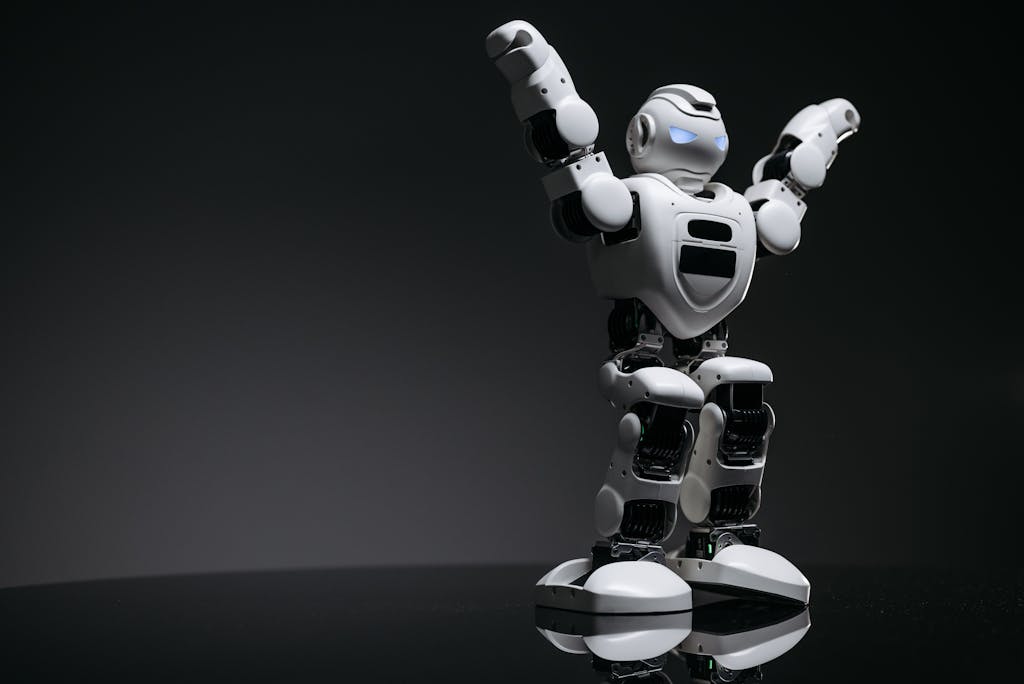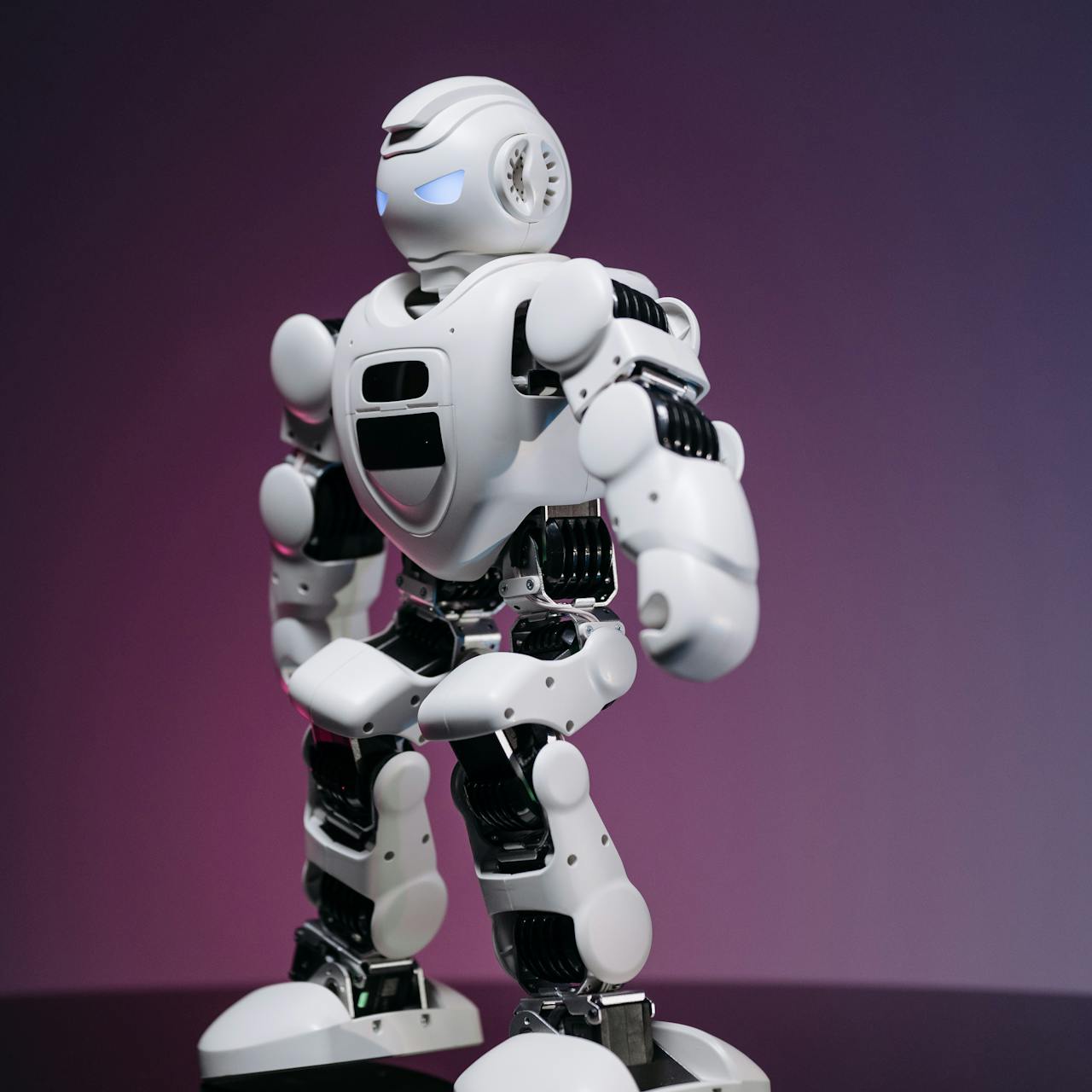The Evolution of Adaptive AI
The latest generation of humanoid robots is transforming the way we interact with machines. These aren’t static systems limited by pre-programmed routines—they are dynamic, evolving companions capable of learning and adapting. By analyzing conversations, reading emotional cues, and tracking user preferences, robots like the Harmony Robot and Henry Robot grow more intelligent and personalized with every interaction. This ability to learn and develop in real time is what defines adaptive intelligence, the hidden engine behind today’s most lifelike AI companions.
Learning Through Interaction
At the heart of every intelligent AI robot lies a learning system designed to adapt based on experience. Unlike traditional machines that rely solely on fixed scripts, adaptive robots continuously update their internal knowledge using data from conversations, facial expressions, vocal tones, and behavioral feedback.
When you speak with a Henry Robot, it doesn't just respond—it listens, remembers, and gradually fine-tunes its language and behavior. Over time, it recognizes your speech patterns, your preferred topics, and even your emotional rhythms. This level of responsiveness makes interactions feel authentic and deeply personal.
Context Awareness and Emotional Insight
A major leap in AI development has been the integration of emotional awareness. These robots aren’t just logical responders—they're emotionally sensitive, analyzing tone and context to better understand how you're feeling.
For instance, a Harmony Robot might detect signs of stress in your voice and adjust its responses to be more calming or reassuring. It might recall past conversations where similar emotions were present and draw on that memory to offer more thoughtful support. These emotional learning pathways help create experiences that feel intuitive and humanlike.
Memory and Personalization
Memory plays a vital role in adaptive learning. AI robots use memory modules to store important information—your preferences, habits, and recurring questions. This enables them to offer continuity in conversations, refer to past events, and improve their suggestions over time.
Let’s say you tell a humanoid robot that you enjoy reading historical fiction. A week later, it might ask if you finished the book you mentioned, or recommend a new title based on your interests. This level of personalized engagement isn’t just convenient—it builds a sense of connection and trust.
The Technology Behind the Learning
Behind the scenes, these robots rely on machine learning algorithms, neural networks, and language models that are trained to analyze large sets of conversational data. They process natural language, categorize emotional tones, and model behavior based on probabilities and real-time feedback.
The Henry Robot, for example, might use reinforcement learning to improve the quality of its responses. If the user engages positively after a particular phrase or tone, the AI learns to repeat that pattern in similar contexts. Meanwhile, the Harmony Robot could be using predictive modeling to anticipate topics of interest based on time of day or past interactions.
Ethical Learning and User Control
As adaptive intelligence becomes more advanced, it's crucial to ensure that learning happens ethically. Users must have full control over what data is stored, how it's used, and how long it’s kept. Emotional recognition and memory features are optional, and all personalization settings should be transparent and adjustable.
Developers are implementing privacy-first approaches, which include encrypted storage, consent-based learning features, and the ability to reset or erase a robot’s memory at any time. These safeguards help users feel safe while enjoying the benefits of intelligent, emotionally aware AI.
Conclusion: Intelligent Companions That Grow With You
The future of robotics is not only about machines performing tasks—it’s about meaningful interaction and personal growth. Thanks to adaptive intelligence, today's humanoid robots become smarter, more intuitive, and more emotionally connected over time. Whether it’s a friendly reminder from your Henry Robot or a comforting conversation with your Harmony Robot, the experience is shaped by learning, memory, and a deepening understanding of you as a person.






